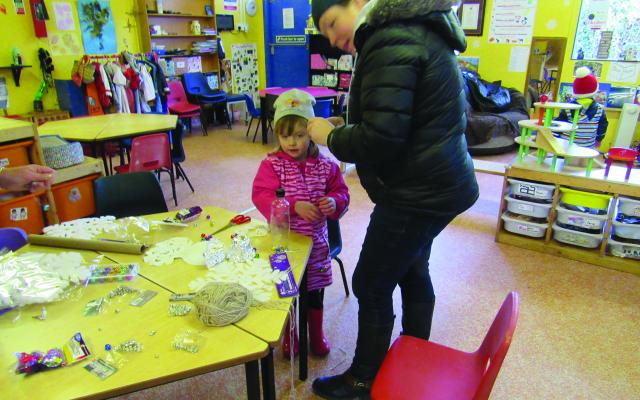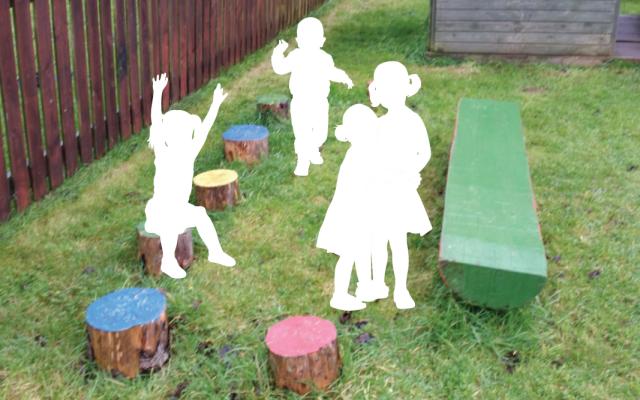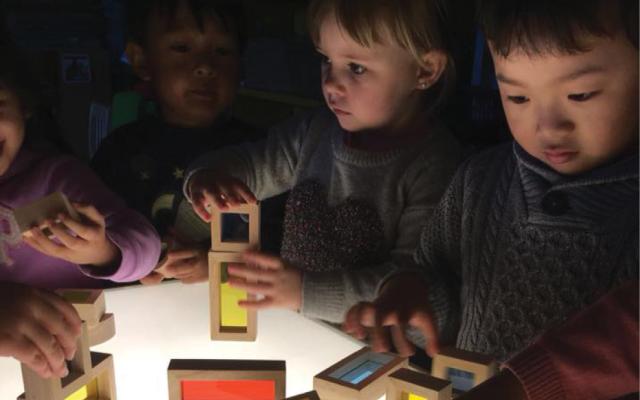Frequently used acronyms and key terms
Key acronyms
AIM – The Access and Inclusion Model (AIM) is a model of supports designed to ensure that children with disabilities can access the Early Childhood Care and Education Programme
AT – Assistive Technology
CEUD – Centre for Excellence in Universal Design
DCYA – Department of Children and Youth Affairs
ELC – Early Learning and Care / ELCS - Early Learning and Care Setting
ICT – Information and Communications Technologies
NDA – National Disability Authority
UD – Universal Design
QRF – Tusla Early Years Quality and Regulatory Framework
Key terms
Accessible – With respect to buildings, or parts of buildings, means that people, regardless of age, size, ability or disability, can access and use the building and it’s facilities.
Aistear – The Early Childhood Curriculum Framework.
Assistive Technologies – Technological devices (equipment or systems) that are used to increase, maintain, or improve functional capabilities of individuals.
Design Brief – A design brief is a document prepared by the client in consultation with key stakeholders that captures the vision and key requirements for the building project. It is used by the design team to prepare any proposals or detailed designs.
Early Learning and Care Setting – A setting providing Early Learning and Care to children primarily aged from birth to six years. These settings may be stand- alone; co-located with a primary school; part of an employment, healthcare or educational building or campus; or, part of a private dwelling. They include sessional settings (where children attend for up to 3.5 hours), part-time settings (where children attend for up to 5 hours) or full-day settings. These settings may provide afterschool facilities catering to primary children up to the age of 14 years.
First 5 Strategy – The Whole-of-Government Strategy for Babies, Young Children and their Families 2019-2028.
Placemaking – Placemaking is a people-centred approach to the design of places and buildings that identifies the importance of ‘place’ and a ‘sense of place’ for human and community health and wellbeing. It is a process that carefully examines, among other local things, the social, cultural, ecological and physical attributes of a location.
Public Realm – Public space in villages, towns and cities and usually consists of streets, squares, parks, or the internal public space within public buildings. Síolta – The National Quality Framework for Early Childhood Education. Wayfinding – A collective term describing features in a building or environment that facilitate orientation and navigation.
Universal Design (UD) – Is the design and composition of an environment so that it can be accessed, understood and used to the greatest extent possible by all people, regardless of their age, size, ability or disability. This includes public places in the built environment such as buildings, streets or spaces that the public have access to: products and services provided in those places; and, systems that are available including Information Communications Technology (ICT).







